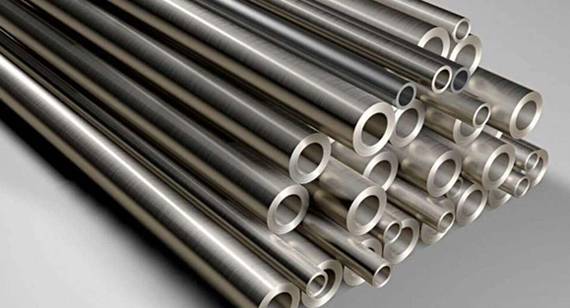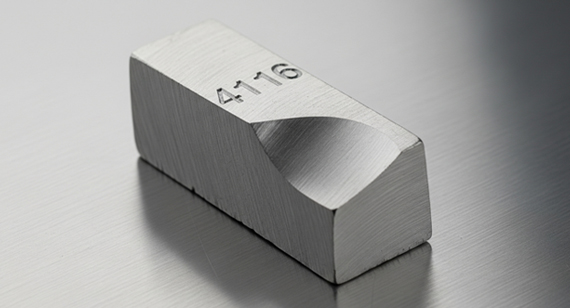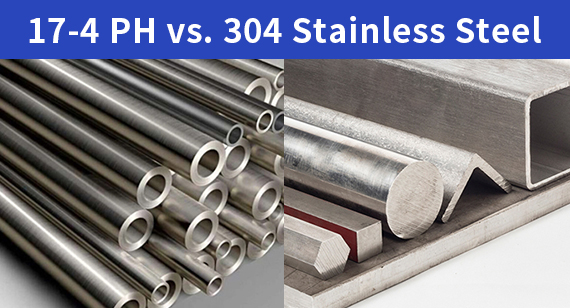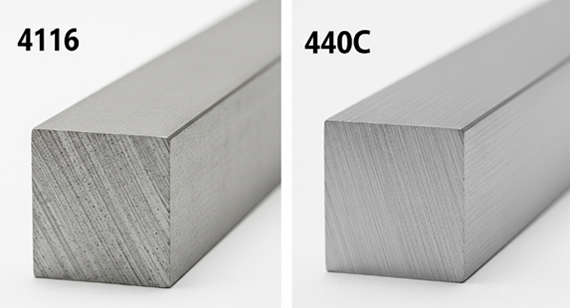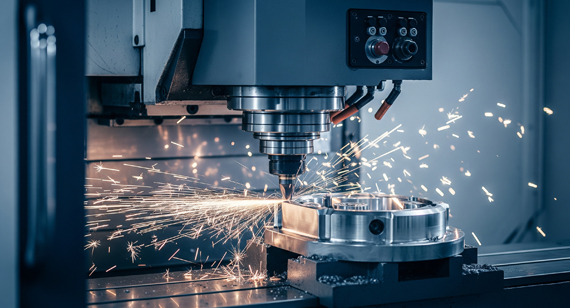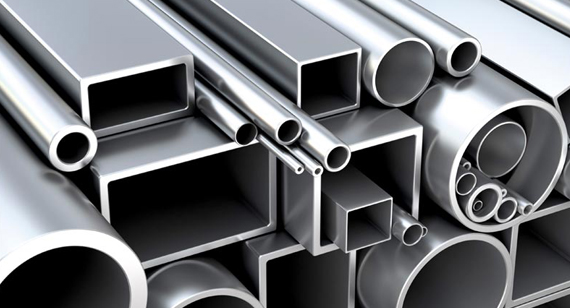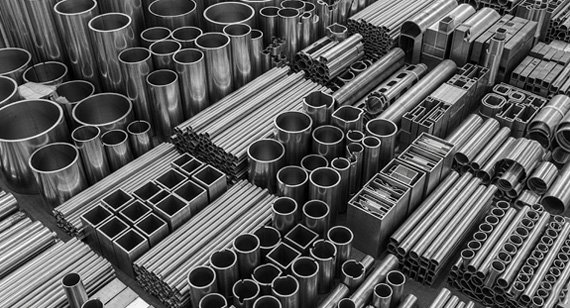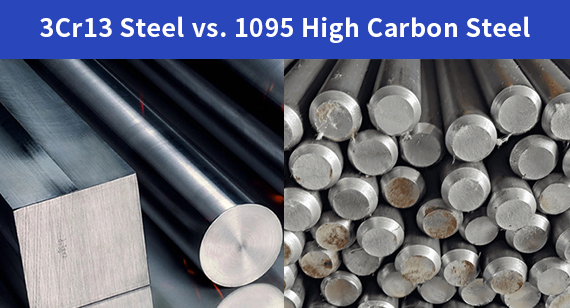15 years one-stop China custom CNC machining parts factory
The VMT blog is dedicated to sharing our hard-earned knowledge in prototype manufacturing. We hope these articles will help you optimize your product designs and gain deeper insight into the world of rapid prototyping. Enjoy the read!
Get an Instant Quote VMT
VMT  2025 07 25
2025 07 25 17-4 PH stainless steel is a high-strength, corrosion-resistant alloy widely used in aerospace, medical, and energy applications. Known for its excellent mechanical properties and suitability for CNC machining, it offers a reliable solution for precision parts that require durability, heat resistance, and tight tolerances.
 66
66
 Read more
Read more
 VMT
VMT  2025 07 24
2025 07 24 4116 stainless steel is a martensitic stainless steel known for its high corrosion resistance, moderate hardness, and excellent machinability after heat treatment. Ideal for knives, surgical tools, and CNC machined parts, it balances edge retention and ease of processing, making it a cost-effective choice in CNC machining services.
 66
66
 Read more
Read more
 VMT
VMT  2025 07 23
2025 07 23 17/4 PH stainless steel is a precipitation-hardened alloy offering superior strength and moderate corrosion resistance, while 304 stainless steel provides excellent corrosion resistance and weldability but lower strength. The choice depends on application demands—use 17/4 PH for high-load, precision parts; choose 304 for cost-effective, corrosion-resistant components.
 66
66
 Read more
Read more
 VMT
VMT  2025 07 22
2025 07 22 4116 stainless steel offers better corrosion resistance and easier machinability, making it ideal for medical and kitchen applications. In contrast, 440C stainless steel provides higher hardness and edge retention, suitable for wear-resistant and high-performance cutting tools.
 66
66
 Read more
Read more
 VMT
VMT  2025 07 21
2025 07 21 Inconel Alloy machining is the process of cutting or shaping nickel-based superalloys that resist heat, corrosion, and pressure. Due to its high work hardening rate and toughness, Inconel requires specialized CNC machining tools, optimized speeds, and coolants. Machining Inconel successfully demands experience, precision, and the right equipment from a qualified CNC machining factory.
 66
66
 Read more
Read more
 VMT
VMT  2025 07 18
2025 07 18 18/10 stainless steel is an alloy composed of 18% chromium and 10% nickel, offering excellent corrosion resistance, luster, and formability. It is a variant of 304 stainless steel and is ideal for manufacturing cookware, medical tools, and architectural components via CNC machining processes.
 66
66
 Read more
Read more
 VMT
VMT  2025 07 17
2025 07 17 The main difference between 18/10, 316, and 304 stainless steel lies in their composition and corrosion resistance. 18/10 is a type of 304 steel with added nickel for shine and durability, while 316 includes molybdenum for superior corrosion resistance, especially in marine and chemical environments. Choose based on cost, environment, and mechanical requirements.
 66
66
 Read more
Read more
 VMT
VMT  2025 07 16
2025 07 16 3Cr13 steel is a corrosion-resistant stainless steel ideal for general-purpose and low-cost applications, while 1095 high carbon steel offers superior hardness and edge retention for high-impact and cutting tools. The main difference lies in their composition, with 3Cr13 containing chromium for rust resistance, and 1095 prioritizing carbon content for strength.
 66
66
 Read more
Read more
Ready To Start Your Next Project?
Get Instant Quote

Request a Free Quote
Send us a message if you have any questions or request a quote. We will get back to you ASAP!
